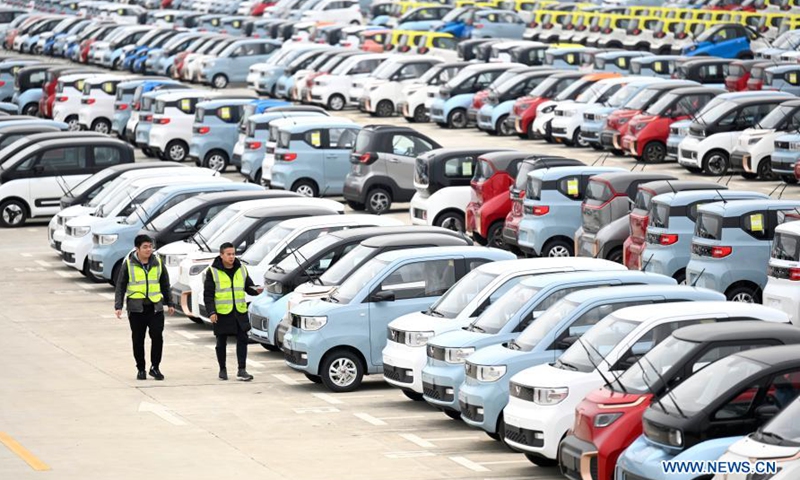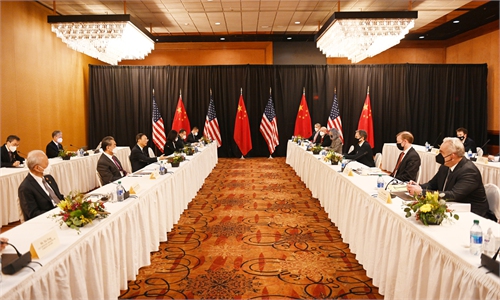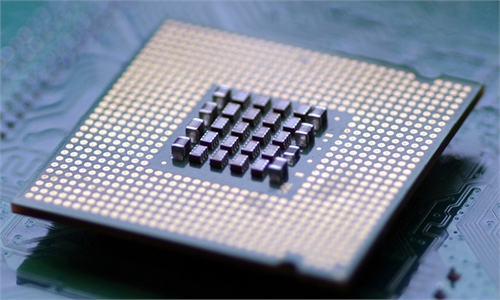
Workers check new energy vehicles at a logistics park in Liuzhou, south China's Guangxi Zhuang Autonomous Region, March 8, 2021. Liuzhou is a famous automobile industrial base. In recent years, local new energy automobile industry has seen vigorous development.Photo:Xinhua
China's production of automobiles is estimated to remain under pressure caused by the global shortage of auto chips, and the shortfall won't ease until the third quarter in 2021, an auto industry association said.
Li Shaohua, deputy secretary general of China Association of Automobile Manufacturers (CAAM), said that the shortage of the chips "won't be resolved in the short term". The shortage is expected to start to ease in the second half of this year. The chip shortage is a major shortfall in the supply chain, Li said, which will have to be addressed.
The global automobile supply chain felt the pinch of the chip shortage since late last year. According to Yuan Chengyin, general manager of the National NEV Technology Innovation Center, and, the shortages mainly involve the control, driving, and computing chips.
Yuan also noted that in order to address the long term imbalance of supply and demand of automobile chips, China will need to introduce first-rate international companies to diversify its supply chain.
Chen Shihua, deputy secretary general of the CAAM, previously said that the shortage of chips, which emerged in December, will have a significant impact on auto output in the first quarter of 2021, and the impact might continue into the second quarter.
German automaker Volkswagen said that in the last month of 2020, it faced a shortage in semiconductors and would adjust company production at its facilities in China, North America and Europe.
Global Times



